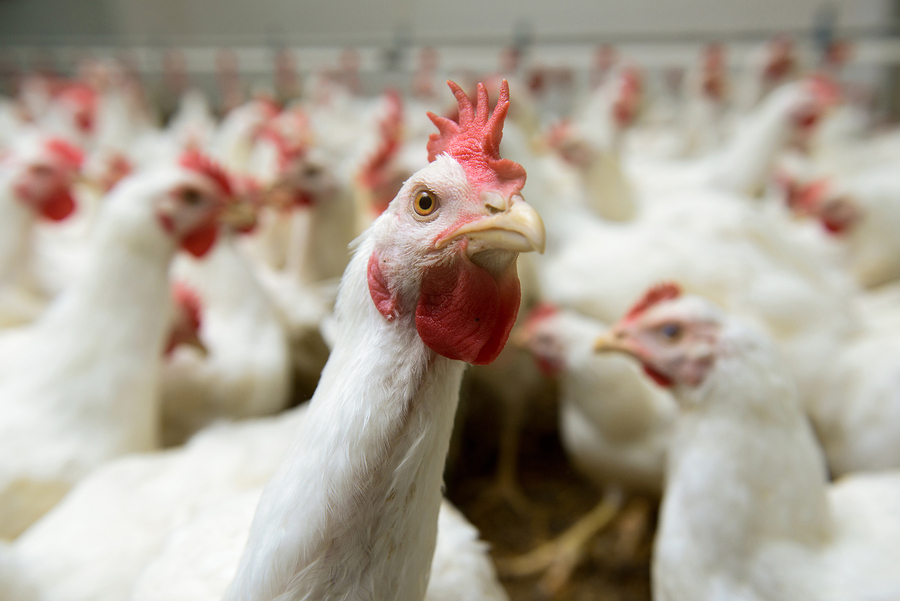 When we go to the grocery store or out to dinner, and we want to purchase something healthy, the natural tendency is to look for chicken. Unfortunately, a deeper look into that chicken will usually show it’s far from healthy.
When we go to the grocery store or out to dinner, and we want to purchase something healthy, the natural tendency is to look for chicken. Unfortunately, a deeper look into that chicken will usually show it’s far from healthy.
Did you know that the U.S. Department of Agriculture gave the green light for chicken raised in the U.S. to be sent to “certified” Chinese facilities for processing, and then sent back to the U.S. for consumption?
Aside from an awful food safety record in China, where more than $1 million in meat from rats and other small mammals has been sold to the public as lamb, no USDA officials will be onsite to inspect those facilities.
But you’ll avoid that chicken because you can just check the label, right?
Wrong.
Profit-hungry food manufacturers who care nothing about our safety won’t be required to disclose that information on the label.
Many experts claim this makes no economic sense when you factor in shipping and packaging costs. But according to Food Safety News, this is already being done with seafood. Fresh fish are frozen and sent to China to be skinned, boned and cut before being shipped back to the U.S.
Now the same has been proposed for chicken because Chinese labor, at a fraction of the cost of U.S. labor, more than offsets shipping costs.
As for food safety? Nobody seems to care.
Instead of assuming the chicken we’re buying is healthy and safe, we need to dig deeper to find out where the chicken came from, how the chicken was raised and what the chicken was fed.
When it comes right down to it, chickens are the most polluted animals consumed in this country. Old-fashioned chicken farms are extremely rare. Everything has been industrialized.
Chickens are full of stress. Most are treated with antibiotics and steroids to create more meat in less time. They rarely if ever come out of a small cage.
And don’t fall for the “free-range” or “cage-free” labels. Those chickens aren’t spending their days outside on a farm.
Free-range chickens spend some time outside, but USDA regulations don’t specify the quality or size of the outdoor environment, or the minimum time that the chickens are required to spend outside to have that designation. Cage-free chickens may still be confined to a barn without ever going outside.
Even the “natural” label only means the chicken has no artificial ingredients, but there’s no process to verify this. The same goes for “antibiotic-free.” It’s not verified.
The only label that means anything is “certified organic” or “USDA organic.” This means the chicken must only consume certified organic feed grown without pesticides and chemical fertilizers. These chickens can’t be fed animal by-products, antibiotics, or genetically modified organisms (GMOs). They can’t be given drugs or hormones. And certified organic chickens must be able to spend time outside.
In other words, certified organic chickens are raised safely and humanely.
We need to wake up and pay attention to how the food we consume each day is really made and processed in our country and around the world. Man has re-engineered the food we eat, and big food manufacturers are doing everything they can to hide the truth from us.
If we’re going to eat meat, the best thing we can do to protect ourselves and our families is eat certified organic chicken from local farms. Period.